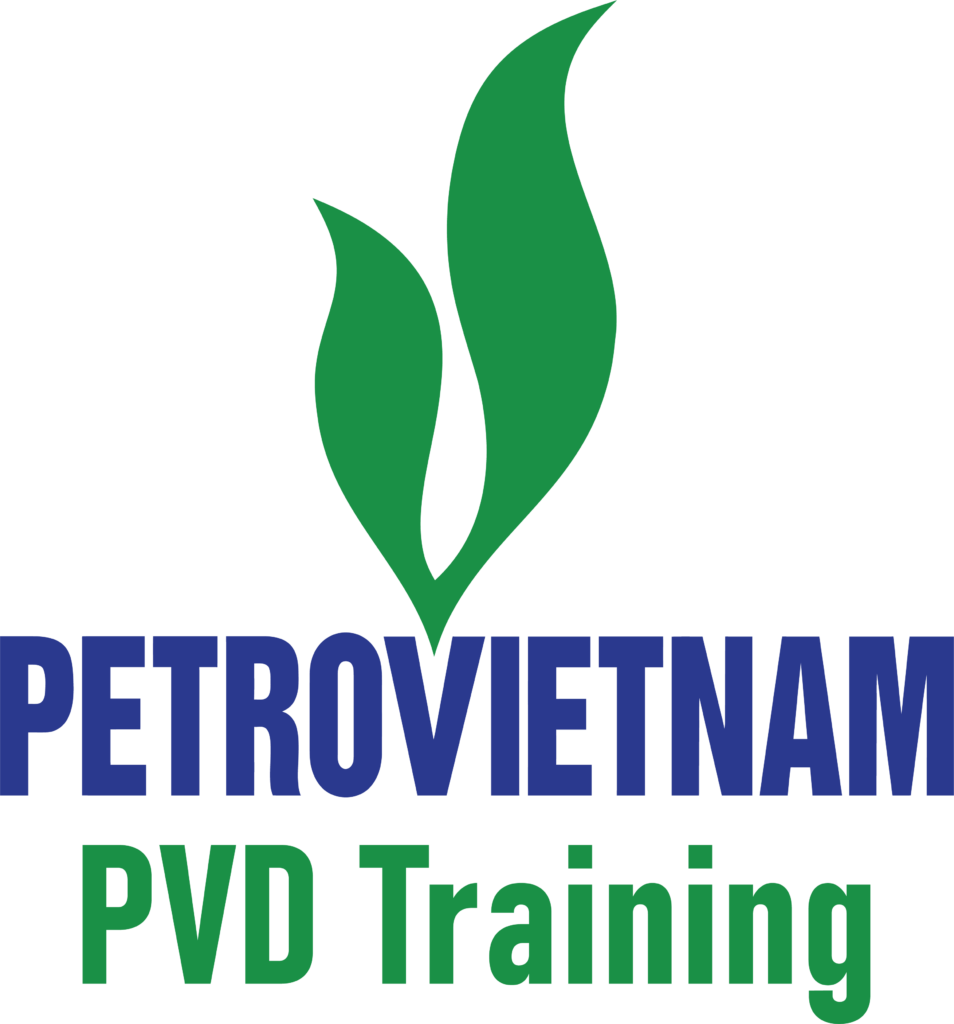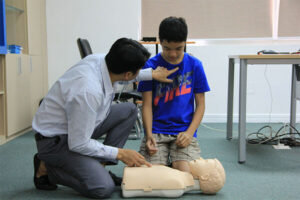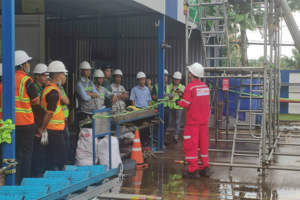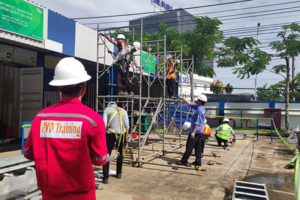
EMERGENCY MANAGEMENT TEAM (EMT) TRAINING
COURSE AIM
This course is designed to provide participants with the knowledge, skills, and confidence required to perform effectively as members of the Emergency Management Team (EMT).
By the end of the course, participants will be able to:
- Understand the emergency management structure, organization, and procedures of PQPOC.
- Define their specific roles and responsibilities during emergency situations.
- Apply effective Command, Control, and Communication (C³) principles.
- Manage information, decision-making, and stress under pressure.
- Build confidence and teamwork for effective emergency response.
TARGET PARTICIPANTS
- Members of the Emergency Management Team (EMT).
- Department Managers, Supervisors, and key office-based personnel.
- Representatives from HSE, HR, Logistics, SCM, and Administration.
COURSE OUTLINE
📅 Day 1 – Introduction & Fundamentals of Emergency Management
| Time | Topic | Learning Objective |
| 08:30 – 09:00 | Course Opening & Introduction | Welcome participants, clarify objectives and expectations. |
| 09:00 – 10:30 | Definition of Emergency & Emergency Management | Understand types, classifications, and priorities during an emergency. |
| 10:45 – 12:00 | Case Studies: Piper Alpha, Deepwater Horizon, Bombay High | Analyze real incidents and communication breakdowns. |
| 13:00 – 14:30 | PQPOC Emergency Management Structure & ERP Overview | Review the 3-tier structure: SRT – EMT – CMT and ECC activation process. |
| 14:45 – 16:30 | EMT Roles & Responsibilities | Understand the duties of EMT Leader, Site Contact, Logistics, HR, HSE, Contractor Liaison, and Support Teams. |
| 16:30 – 17:00 | Group Discussion & Scenario Review | Apply learning to simulated companies case scenarios. |
📅 Day 2 – Command, Control, Communication & Stress Management
| Time | Topic | Learning Objective |
| 08:30 – 09:00 | Recap of Day 1 | Refresh key concepts and prepare for simulation activities. |
| 09:00 – 10:15 | Command, Control & Communication (C³) Principles | Master effective leadership, coordination, and communication during emergencies. |
| 10:30 – 12:00 | Information Handling & “Timeout” Technique | Practice information management and rapid decision-making in ECC meetings. |
| 13:00 – 14:30 | Emergency Contact & HR Notification Procedures | Learn proper protocols for NOK communication and information release. |
| 14:45 – 16:00 | Stress Management for EMT Members | Recognize stress symptoms, control personal reactions, and support team performance. |
| 16:00 – 16:45 | Teamwork & Decision-Making Exercise (Simulation) | Participate in an ECC-based emergency simulation. |
| 16:45 – 17:00 | Course Review & Certificate Presentation | Debrief, feedback, and closing remarks. |
TRAINING METHODOLOGY
- Interactive Lectures and Discussions
- Case Study Analysis
- Scenario-Based Exercises and Role Play
- Group Work and Real-Time Observation
- Simulation of Emergency Response Room (ECC)
LEARNING OUTCOMES
Upon successful completion, participants will be able to:
- Identify their responsibilities and act effectively within the EMT structure.
- Apply command, control, and communication skills under emergency pressure.
- Handle information efficiently and conduct structured briefings (“Timeouts”).
- Manage stress and maintain team performance during high-pressure events.
- Contribute to enhancing crew overall emergency response readiness.






